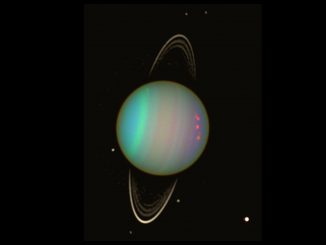
NASA’s Jet Propulsion Laboratory

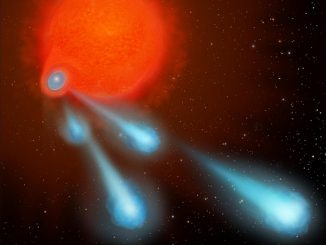
Giant ‘cannonballs’ seen shooting from binary-star system
The NASA/ESA Hubble Space Telescope has detected superhot blobs of gas, each twice as massive as the planet Mars, being ejected near a dying red giant star in the V Hydrae binary system. The plasma balls are zooming so fast through space it would take only 30 minutes for them to travel from Earth to the Moon.
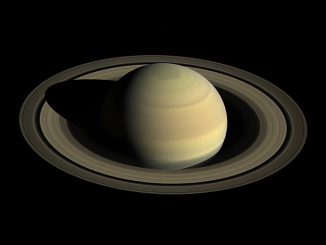
Countdown begins for Cassini’s final plunge into Saturn
After more than 12 years studying Saturn, its rings and moons, NASA’s Cassini spacecraft has entered the final year of its epic voyage. The Grand Finale will come on 15 September 2017 as Cassini dives into Saturn’s cloud tops, where friction with the atmosphere will cause the spacecraft to burn up like a meteor.

Pirouetting Pleiads provide clues to stellar structure and evolution
Like cosmic ballet dancers, the stars of the Pleiades cluster are spinning, but all at different speeds. By watching these stellar dancers, NASA’s Kepler space telescope has helped amass the most complete catalogue of rotation periods for stars in a cluster. This information can provide insight into where and how planets form around these stars, and how such stars evolve.
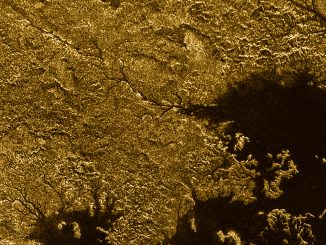
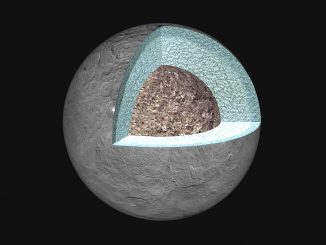
Dawn’s gravity data probes interior of dwarf planet Ceres
By tracking subtle changes in the motion of NASA’s Dawn spacecraft, scientists have mapped the variations in Ceres’ gravity for the first time, providing clues to the dwarf planet’s internal structure. The new data suggest that Ceres has a weak interior, and that water and other light materials partially separated from rock during a heating phase early in its history.

Chorus of black holes sings in X-rays
Supermassive black holes do not give off any of their own light, hence the word “black” in their name. However, many black holes pull in surrounding material and emit powerful bursts of X-rays. Collectively, these active black holes can be thought of a cosmic choir, singing in the language of X-rays. Their “song” is what astronomers call the cosmic X-ray background.

Mars gullies likely not formed by liquid water
New findings using data from NASA’s Mars Reconnaissance Orbiter show that gullies on modern Mars are likely not being formed by flowing liquid water. This new evidence will allow researchers to further narrow theories about how Martian gullies form, and reveal more details about Mars’ recent geologic processes.
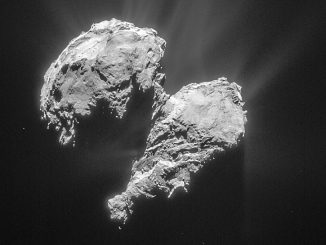
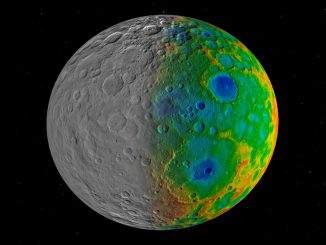
The case of the missing Ceres craters
Ceres is covered in countless small, young craters, but none are larger than 175 miles (280 kilometres) in diameter. To scientists, this is a huge mystery, given that the dwarf planet must have been hit by numerous large asteroids during its 4.5 billion-year lifetime. Where did all the large craters go?
